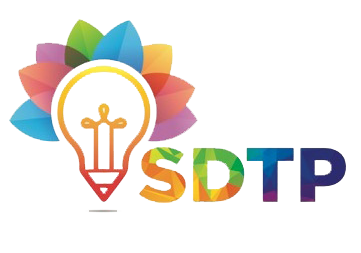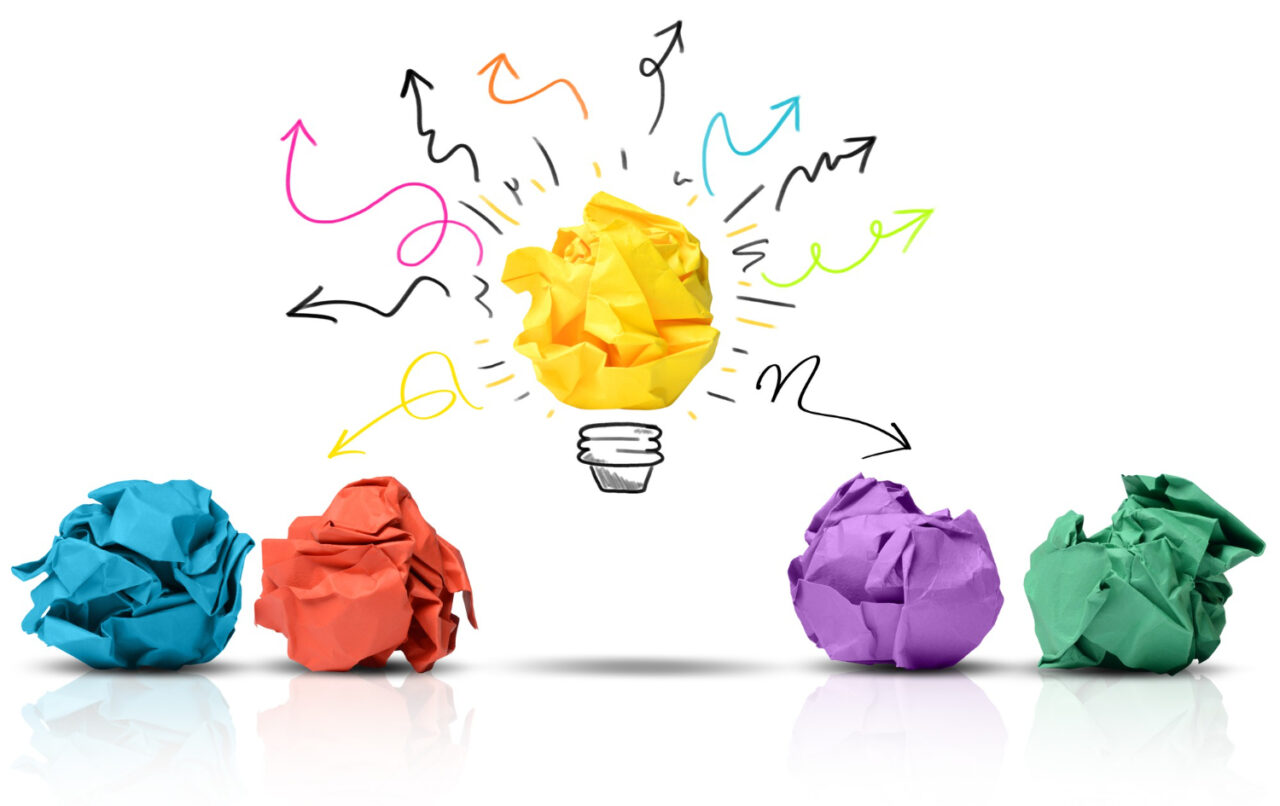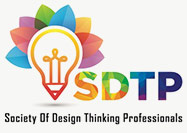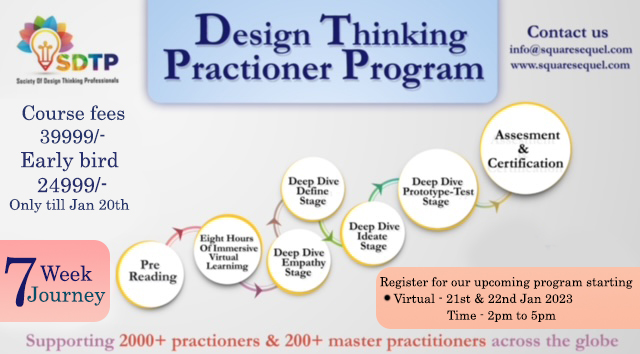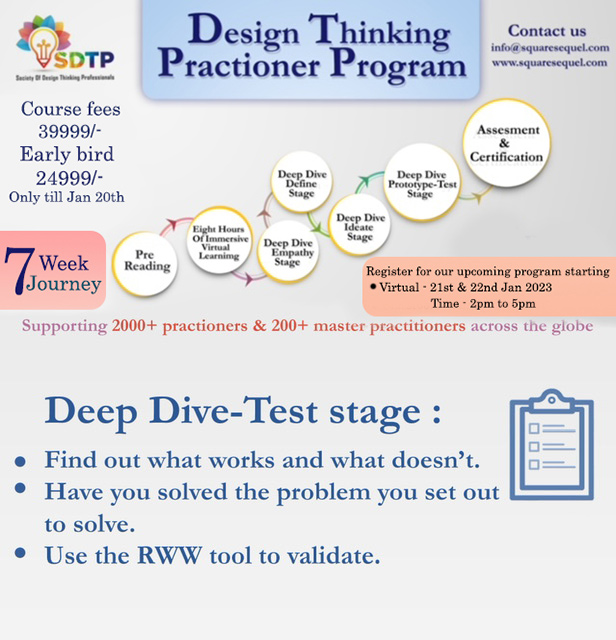Today’s dynamic business landscape demands constant innovation. As Tim Brown, CEO of IDEO, aptly states, “Design Thinking is human-centered problem-solving ([1]).” It’s a flexible framework that empowers businesses, startups, and entrepreneurs to understand user needs and design solutions that truly resonate with them, enhancing customer satisfaction and user experience. Global companies are increasingly turning to Design Thinking to fuel their innovation potential.
Design Thinking: A Flexible Framework for Collaborative Innovation
Design Thinking is not a rigid, linear process. It’s a flexible framework that adapts to the specific challenge, the context, and the people involved (Stanford d.school, [2]). This human-centered design approach breaks down problem-solving into five core stages, fostering creativity and collaboration:
- Empathize: Building deep user understanding through user research.
- Define: Crafting a clear problem statement.
- Ideate: Unleashing a symphony of creative solutions with ideation techniques.
- Prototype: From dream to doable with rapid prototyping.
- Test & Validate: Refining solutions through usability testing and A/B testing.
The Empathize Stage: Understanding Your Users The Empathize stage forms the fooundation of the Design Thinking framework. Here, the goal is to gain an understanding of your target audience’s needs, motivations, and frustrations. Through various user research techniques, such as interviews and empathy mapping, you aim to step into the user’s shoes and develop a genuine connection with their experiences. As IDEO reminds us, “The core of human-centered design is understanding what people want and need through observation, empathy, and storytelling ([3]).“ Techniques like gamified user research can further enhance engagement with younger demographics or complex topics (consider resources from Nielsen Norman Group: [4]).
The Power of Design Thinking
Design Thinking methodology offers a compelling value proposition for organizations of all sizes and industries:
- Enhanced User-Centricity: By placing users at the forefront, solutions are meticulously tailored to address specific user needs, leading to higher customer satisfaction and brand loyalty.
- Boosted Innovation: Design Thinking fosters creativity and encourages teams to think outside the box, generating novel and effective solutions. Research by the Design Management Institute (DMI) found that companies integrating Design Thinking saw a 67% increase in new product development success rates ([5]).
- Reduced Risk of Failure: Rapid prototyping allows for early testing and validation of ideas. This iterative process minimizes the risk of investing in solutions that may not resonate with users. A study by McKinsey & Company revealed that companies embracing Design Thinking are twice as likely to successfully launch new products ([6]).
- Improved Collaboration: Design Thinking necessitates the involvement of diverse stakeholders, fostering teamwork, communication, and knowledge exchange, leading to well-rounded solutions.
A Case Study: Airbnb Revolutionizes Travel with Design Thinking
Airbnb stands as an example to the power of Design Thinking tools. In its early days, the company faced challenges attracting both hosts and guests. By applying Design Thinking principles, Airbnb addressed these core challenges:
- Empathy in Action: User research revealed needs and concerns.
- Define: They identified the core challenge: building trust and overcoming user apprehension.
- Ideate: The team brainstormed creative solutions, including robust verification processes and secure online transactions.
- Prototype: They implemented features like detailed property descriptions, high-quality photos, and a clear communication system.
- Test & Validate: Airbnb continuously evaluated these features through user feedback. This process led to refinements that enhanced the platform.
The result? Airbnb revolutionized the travel industry by fostering a sense of trust and security for both hosts and guests. Their user-centric approach paved the way for a unique and authentic travel experience, and today, Airbnb boasts millions of listings worldwide.
Design Thinking: A Framework for Success
Design Thinking empowers individuals and teams to tackle complex challenges and develop innovative solutions that resonate with users. By incorporating empathy, user research, and iterative testing into your innovation process, you can unlock new possibilities and achieve sustainable success.
Ready to Dive Deeper? Stay tuned for the next article in this beginners’ guide to Design Thinking, where we’ll delve deeper into the ‘Empathize’ stage and explore practical user research techniques that can be employed to build a strong foundation for successful innovation.
[1] Brown, T. (2009). Change by design: How Design Thinking can transform your life and work. Harper Perennial. (Book)
[2] Stanford d.school. (n.d.). Design Thinking Bootleg. [https://dschool.stanford.edu/resources/getting-started-with-design-thinking]
[3] IDEO U. (n.d.). The Design Thinking Process. [https://designthinking.ideo.com/]
[4] Nielsen Norman Group. (n.d.). User Research Methods [https://www.nngroup.com/https://www.nngroup.com/]
[5] Design Management Institute. (2006). The Business Value of Design.
[https://www.dmi.org/]
[6] McKinsey & Company. (2014). The Design Thinking imperative.
[https://www.mckinsey.com/featured-insights/mckinsey-explainers/what-is-design-thinking]
Written By: Dr. Jimmy Jain
Edited By: Afreen Fatima
Society of Design Thinking Professionals
